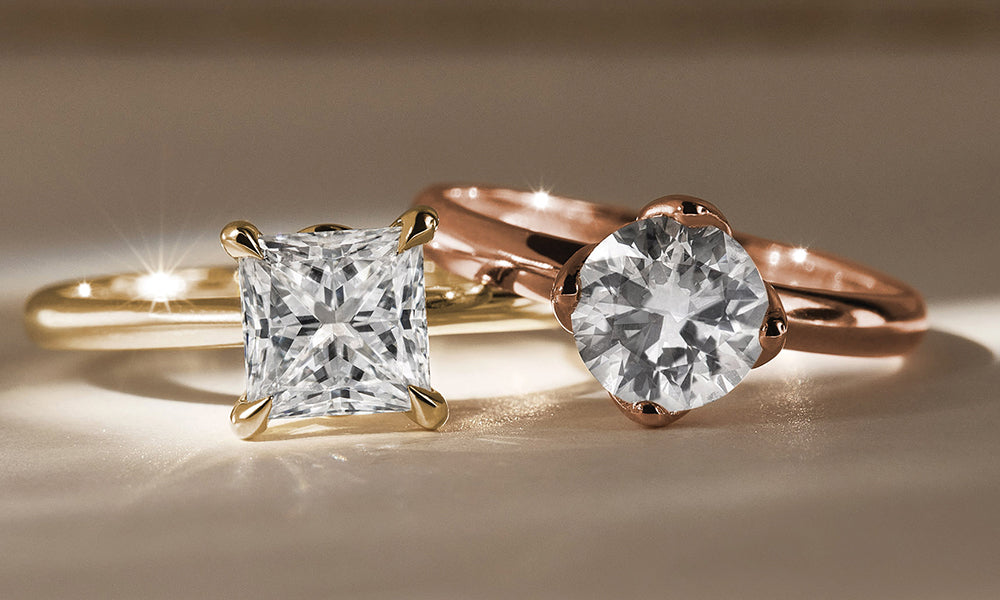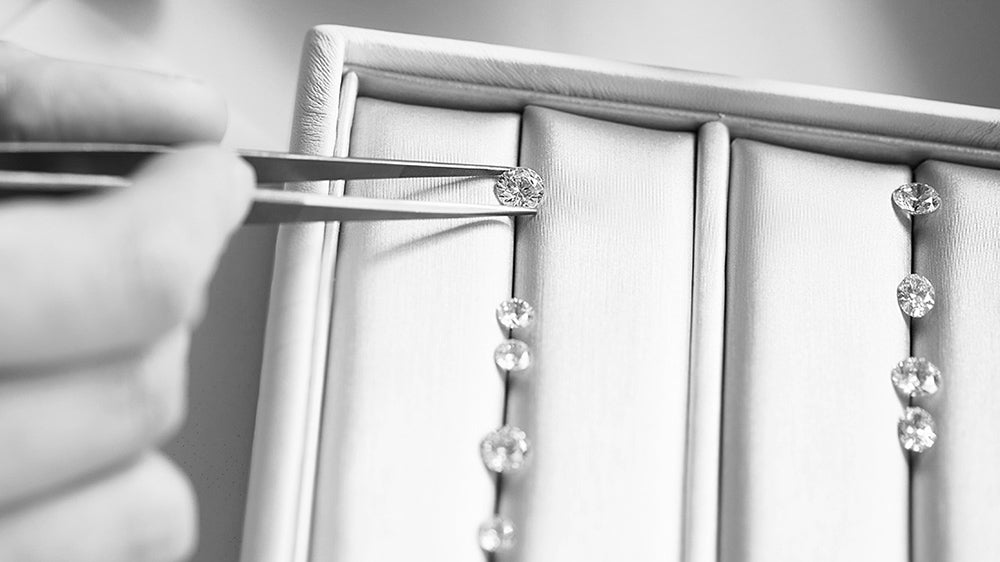How Modern Technology Is Changing The World Of Diamonds: The Rise Of Lab-Created Stones

The diamond market has undergone a fundamental transformation in recent years. Thanks to advances in technology, lab diamonds have come to the fore and this trend now undoubtedly influences the mindset of consumers, in the process reshaping the very face of the jewelry industry.
Game-changing technology
Diamonds are one of the purest forms of carbon on Earth. Their unique crystal structure, in which carbon atoms are tightly bound into a three-dimensional lattice, is responsible for their extreme hardness, extraordinary brilliance and ability to refract light. It is no wonder then that for centuries, people have tried to imitate their beauty, first with glass and other minerals and later through various synthetic methods. But the real breakthrough came with modern technology which made it possible to create diamonds that have exactly the same properties as natural ones. Lab grown diamonds are not synthetic imitations – they are real diamonds that have identical physical, chemical and visual properties as their natural counterparts. Lab diamond production is currently predominantly concentrated in China and India, while the country with the highest demand for lab diamonds is the United States.

There are two different methods used to produce such diamonds, namely the HPHT (High Pressure High Temperature) method and the CVD (Chemical Vapor Deposition) method, both of which have their pros and cons. While HPHT is widely used for smaller stones and color enhancements, CVD is more suitable for larger and high-quality diamonds. The choice of method used therefore depends on the specific purpose and properties the stone should have.
The price and environmental factors are key
Customers tend to choose laboratory diamonds mainly because of their cheaper price which can be up to 50% less than the cost of natural diamonds. This makes lab-grown diamonds accessible to far more people but that's not the only reason they have been growing in popularity. Unlike with natural diamonds where the way they are mined is often associated with a negative environmental impact or the illicit financing of armed conflicts, lab-created stones are a more sustainable alternative. This means that lab grown diamonds have also attracted a certain target group of customers mainly from younger generations for whom environmental and ethical issues are very important.
In addition to cost and sustainability, the quality and appearance of lab-grown diamonds are virtually identical to their natural counterparts, making them an attractive option for discerning buyers. They share the same physical, chemical, and optical properties, meaning they look just as stunning and perform just as well in jewelry settings. With advanced technology ensuring consistent quality and fewer imperfections, lab-grown diamonds offer exceptional value without compromising on beauty or brilliance. This combination of affordability, ethics, and quality is helping reshape the future of the diamond industry.
The end of natural diamonds? Not so soon!
Despite this, natural diamonds have not lost their importance and are not likely to lose their position any time soon. The market is more likely moving towards a variety of options that reflect the different preferences of customers. Natural diamonds still dominate, accounting for around three quarters of all sales. Their rarity, uniqueness and tradition make them a sought-after commodity that does not lose value over time. This is evidenced by the offerings of jewelers such as the Czech KLENOTA Jewelry Studio, which works with both types of diamonds in its collection. But lab diamonds undoubtedly present an opportunity for showier designs and bigger jewelry creations that would previously have been too expensive for most customers.















